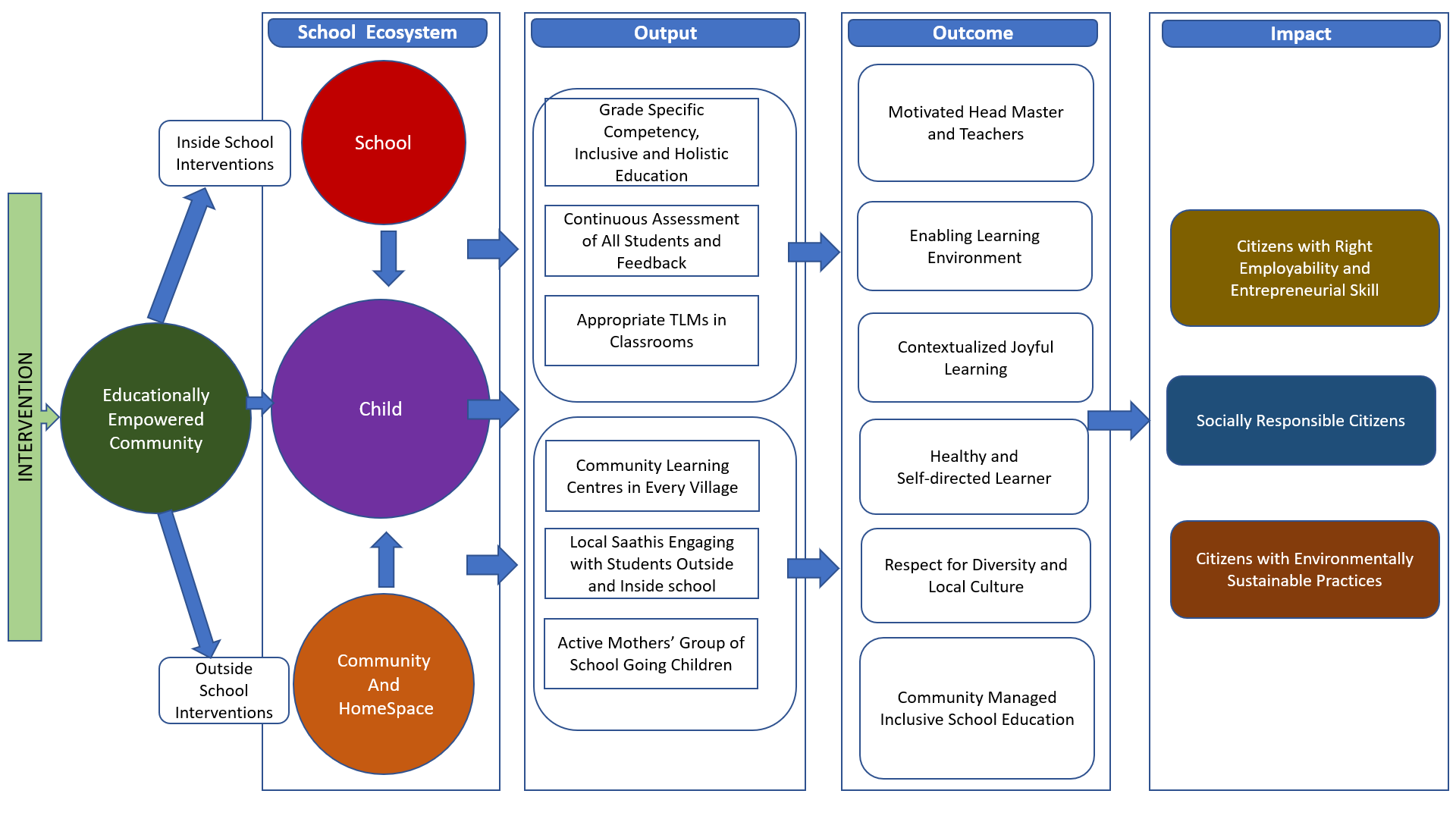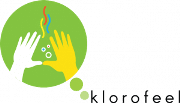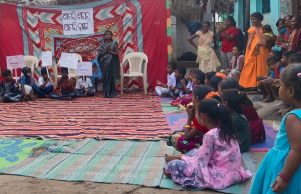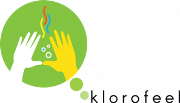Approach
1. Provision of high-quality school education for all the children, irrespective of their background, to transform them into ‘productive and socially responsible citizens’.
2. Provision of ‘Enabling Learning Environment’, and right type and level of ‘Inside School Interventions’ and ‘Outside School Interventions’; for the children from rural areas, slums, scheduled tribes, scheduled castes, socio-economically marginalized communities and first-generation learners.
To improve the learning level of children from underprivileged communities, the Klorofeel Foundation (KF) has taken up interventions both at the school level (wherever it has been possible) i.e.; inside school intervention, and at the community space i.e.; outside school intervention. In both cases, we have been working on strengthening the capacity of communities in rural areas with an understanding that both the parents and community, besides the teacher, when working together with shared understanding and effort, can contribute significantly to childhood education.
Our approach to execute the theory of change adopted by the Klorofeel Foundation is depicted in the diagram below.

(A) Outside School Interventions
Our key components for establishing the Community Learning Centre as outside school intervention are
- Awareness and Exchange of Expectations: First, the communities are taken through an envisioning process to realize that education can bring them out of socio-economic deprivation in one generation, and this is one of the suitable routes if they don’t want their children to suffer the way they did. It also focuses on having a realization that they are expected to take active responsibility for the education of their children than just wishing government alone takes all responsibilities.
- Identifying and Developing the Physical Space: Having a conducive learning environment at home and community level is equally important as a good school to aid the learning of any child. Learning Centre should be a well-ventilated, well-lighted, clean physical community space, easily accessible to all school-age children in the hamlet/village.
- SAATHI Development:The role of the Saathi (educated youth from the habitation) as the key facilitator in the learning process of students serves the base of our approach. The mother’s group is encouraged to nominate a few educated youths from the community, who are tested, selected, and inducted by Klorofeel Foundation before taking charge of the learning center. The training and support system of the Saathi is periodically evaluated. The Saathi creates a fear-free environment and adopts a process of learning following the principle of ‘near-to-far’ and ‘context-specific activity-based learning’. Parent work on the health, hygiene, and habits of the children and motivate them to explore the world around and learn.
- Engaging with Parents:Mothers’ Group (Mothers of students in a hamlet/village forming a group) plays an active role in setting up and running the Learning Centre. Saathi and other team members at KF regularly engage with the mother’s group for the progress of the child. Besides, the Team at KF, where ever necessary, also supports the mother’s group in improving the livelihood.

- Measuring Progress:Assessment is continuous and multidimensional. It is a part of the learning and not a year-end event. The regular assessment helps us in tracking the progress of the child and facilitates us in planning for steps to undertake for improvement if required.
- Developing TLMs:Teaching Learning Materials, following government school curriculum, apart from Blackboard, chalk, textbooks, other books, toys, etc. are a major part in the learning processes. We bring our observations from the ground to work with passionate individuals and organizations to develop meaningful and effective TLMS to assure all-around development in the child.
- Activity-Based Learning Process
- Learning is a by-product of activities, projects, and games.
- Curiosity, joy, and learning achievements drive the processes rather than fear.
- Learning starts from ‘known’ to ‘unknown’, from ‘near’ to ‘far’. Learning is integrated with the local practice, sports, art and culture, knowledge, and the surrounding world.

- Learning is facilitated through the involvement of Hand (physical activity), Heart (involving feelings and empathy), and Head (logically thinking) aimed at holistic development of the child.
- Learning facilitates thinking, questioning, decision making, respect for diversity, building perspective, effective communication, and remove fear, prejudice, and intolerance.
- The process of effective education includes many a failure. The Saathi play the role to motivate students to explore their limits, introspect, and learn.
(B) Inside School Interventions
In areas, where the Communities graduate through the above stage, they are facilitated to interact with the School to streamline the teaching-learning process at school to create a fear-free environment, make learning joyful through activity-based learning, and tracking the progress regularly. Simultaneously and subsequently, the community focuses on contributing to school infrastructure, learning environment, and motivation of teachers to make children’s learning grade-specific, joyful and holistic, involving hand, heart, and head.
Many factors are contributing to the poor state of school education in rural Odisha in general and the tribal belts, in particular. Some of the factors include high student-teacher ratio, low motivation of teachers, curriculum not being contextualized and not completed in time, traditional teaching-learning process, poor infrastructure, poor health of children, lack of proper space and enabling environment at home for the child to study, and poor appreciation of the community about the role of children’s education in development and consequent passive participation in facilitating high-quality education at school, home, and community space.
We believe that if children of all government employees, elected representatives, and middle and upper-class communities attend the neighborhood government schools, then, poor quality of education will not be endemic. It must begin with the community that understands the importance of education and believe that education is a Community Affair. Then only, they can acquire the ability to influence the learning of children at school, in households, and community space.
Thus, the Klorofeel foundation has chosen to facilitate capacity building of communities, who in turn can play a critical role to improve the learning process of children at school, home, and community space. For improvement of the education at school, a sensitized community can interact regularly with the teachers, influence and contribute to the learning environment of school; implement the feedback given by teachers on their children and internalize that they are equally responsible for better functioning of the school. Existing poor-performing schools can evolve into good-performing schools through effective community participation in school management, thus leading to a systemic transformation of school education.
Students from the underprivileged areas mostly face a disenabling learning environment and improper guidance, and get little support from their family and the friend circle. So the community needs to be facilitated and sensitized to alleviate these disadvantages and create a conducive learning space in the community, be part of the learning journey of the children, create a learning environment in their locality, and ensure that children remain healthy and move into the path of self-directed learning.
(C) Impact
Through the above strategy, we expect that a proper foundation will be laid for the child and they would grow up to become a financially independent and socially and environmentally responsible person.
This approach is borrowed from the Nigerian Igbo culture that believes ‘Oran a azunwa’, which can be translated in English as “It takes a village to raise a child”. Education, especially at the school level, requires active community involvement since a child’s learning begins from different dimensions of her/his immediate environment. In such an environment, the parent is the first teacher. And the community influences the child as much as the school.
The approach is different from the ones where the focus is only ‘inside-school intervention’, working with the teachers, government, or where community job is limited to ask questions and do the policing of schools while offloading all the responsibilities of the education of their child on the government. The suggested approach complements and supplements intervention inside the school, where Government has almost been the sole player, at least since last many decades.



